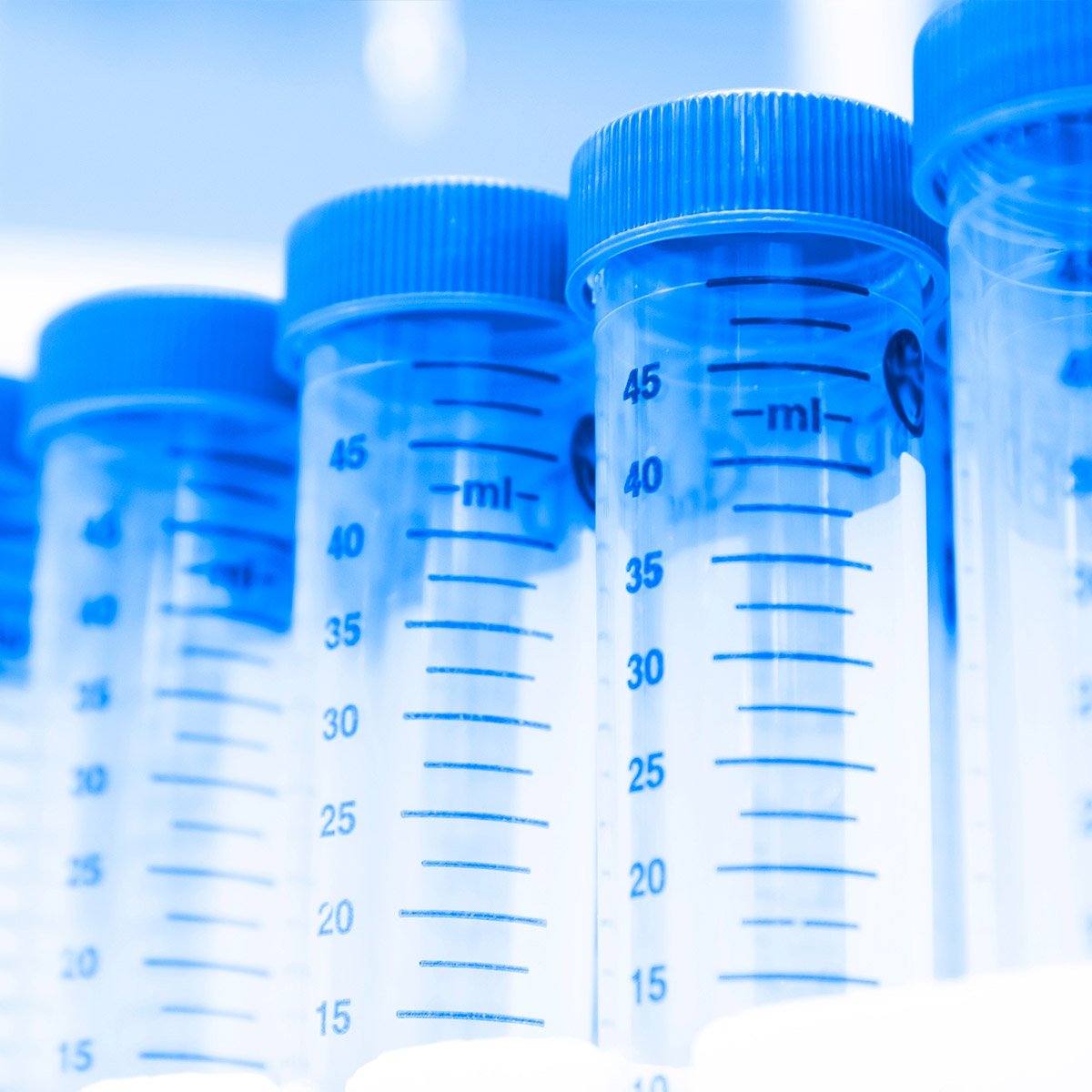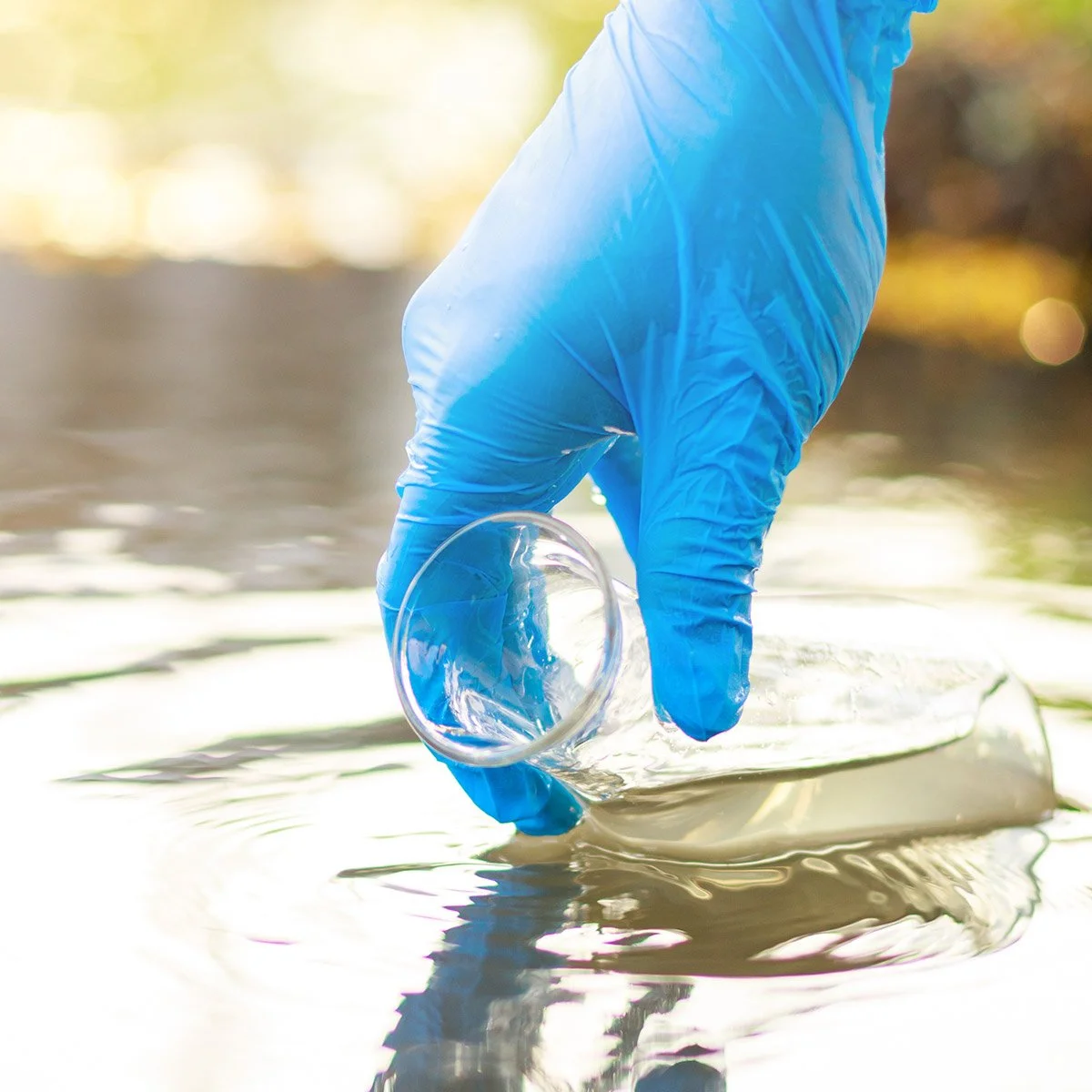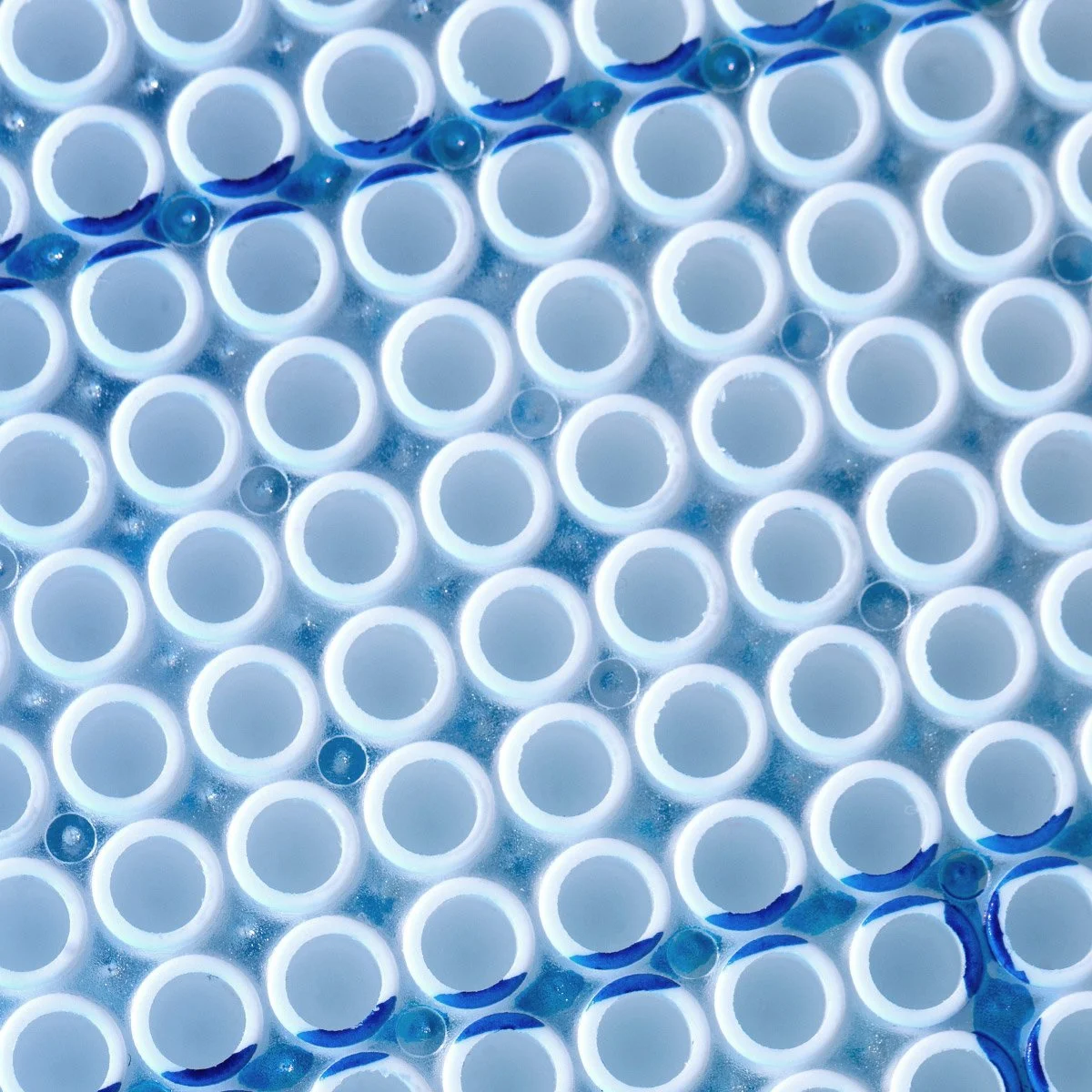Laboratory sustainability is designed to both protect our environment and to target laboratory operational efficiency. Today, lab efficiency is being tested as scientists tackle vaccine development, low lab stocks and lab disinfection safety concerns.
Biotechnology for vaccine development
The world is watching the biotechnology and pharmaceutical industry for progress on Coronavirus vaccines and therapies. The development of a new vaccine typically takes 18 months or longer. The Coronavirus has been a difficult vaccine to target in the past. It’s a critical time for efficient lab work.
The time it takes to produce a useful vaccine is partially dependent on vaccine technologies. Conventionally, virus vaccines are produced by replicating viruses by injection into fertilized chicken eggs. The process requires enough time to have enough eggs. It is also difficult to change anything once the manufacturing process is started. In addition to the cumbersome techniques, growing the virus in eggs can cause viral mutations. The virus is either attenuated or heat-killed for use in vaccines. Newer vaccine technologies use genetically modified cells to produce a peptide or protein antigen, without replicating the whole virus. For example, Flublock produced by Sanofi, was originally developed by Protein Sciences Corp using an insect virus grown in caterpillar cells. Other production methods use recombinant DNA technology in mammalian cell lines. These viral antigen production methods are highly complex yet much more efficient than chicken egg production.
As life science is racing using these proven methods to develop a Coronavirus vaccine, the hope is that newer RNA vaccine technologies will hit the bull eye in newly begun clinical trials. RNA vaccine technologies are faster to produce and faster to scale up compared to vaccine production using genetically modified cells. For RNA vaccines there is no need to establish antigen production, purification, validation and manufacturing facilities. For the most recent review please see; The promise of mRNA vaccines: a biotech and industrial perspective (2020) Nature. The crux of it is that a construct containing the mRNA sequence of interest, optimized for expression levels, is delivered to host cells to produce the immunogen and elicit an immune response. A caveat here is that while RNA vaccines have been promising in animal models, previous human clinical tests have had mixed success. There is a focus to improve RNA vaccine efficacy by using lipid nanoparticle carrier systems. Regardless, the process allows facilities to switch to new vaccine attempts quickly. As of this writing, three groups are racing to develop RNA vaccines. The data they are producing is key.
Lab gloves and molecular biology reagent supplies
According to the CDC, PPE, personal protective equipment is getting scarce. This is likely a temporary situation. Chinese factories manufacturing medical gloves were shut down. They are back up and running, awaiting the go-ahead to export these materials. Unfortunately, thefts from medical facilities and research lab facilities are rampant. There are bad actors hoarding PPE. One particularly shocking case occurred in Iran, which has been hard hit by the Coronavirus. Arrests were made concerning a warehouse with a hoard of 28 Million (!) pairs of medical grade gloves. Thankfully, U.S. medical facilities do have access to the federal stockpile which the Department of Health and Human Services is seeking to immediately expand.
The American Society for Microbiology is deeply concerned about a shortage of crucial lab reagents for U.S. Coronavirus testing. Viral amplification, nucleic acid amplification and other PCR kits are running into supply shortages worldwide. .
“One challenge that has come to light is the supply shortage for SARS-CoV-2 PCR reagents. We are deeply concerned that as the number of tests increases dramatically over the coming weeks, clinical labs will be unable to deploy them without these critical components. Increased demand for testing has the potential to exhaust supplies needed to perform the testing itself. This could include chemicals or plastics, for example, and could affect tests developed and offered by clinical or public health laboratories and/or (when they become available in the United States), commercial tests. ”
The supporter of the Labconscious community, New England Biolabs has posted the following information on their site regarding support for COVID-19 research. NEB’s products are available for research purposes only. However, NEB is already supplying and supporting customers who are working diligently to develop better diagnostics tools and vaccines for the COVID-19 virus and are ready to supply additional customers with the reagents they need to validate and develop them as diagnostic tools for lab-based or point-of-care settings
Lab surface disinfection
It might seem obvious, but experts are cautioning moderating disinfection to fit your working conditions. Many research universities have closed to students since disinfection is far less effective than social distancing for controlling viral transmission. Science magazine reported on concerns on the overuse of disinfectants in the article Does disinfecting surfaces really prevent the spread of coronavirus? The overuse of disinfectants can cause respiratory problems and environmental pollution in the long term.
With that said, here is the EPA’s expanded COVID-19 Disinfectant list released on March 13th. Cleaning crews and anyone working in labs can check this list of surface disinfectants that have been demonstrated to work on “harder-to-kill” viruses, so they are expected to work well on Coronavirus. The CDC has updated its guidelines for cleaning and disinfection. Diluted household bleach solutions and 70% alcohol solutions are useful. Wear disposable gloves to disinfect an area if possible. Or use one pair of re-usable gloves only for Coronavirus disinfection. Do not wear the same re-usable gloves for other activities. Wash your hands immediately after removing gloves. The CDC has also released biosafety guidelines for labs working with Coronavirus: Interim Laboratory Biosafety Guidelines for Handling and Processing Specimens Associated with Coronavirus Disease 2019 (COVID-19) Always check with your EHS officer for guidance.
We applaud the labs practicing “solidarity in science” to share information to help overcome the challenges of the Coronavirus crisis!
Thank you for being labconscious!












